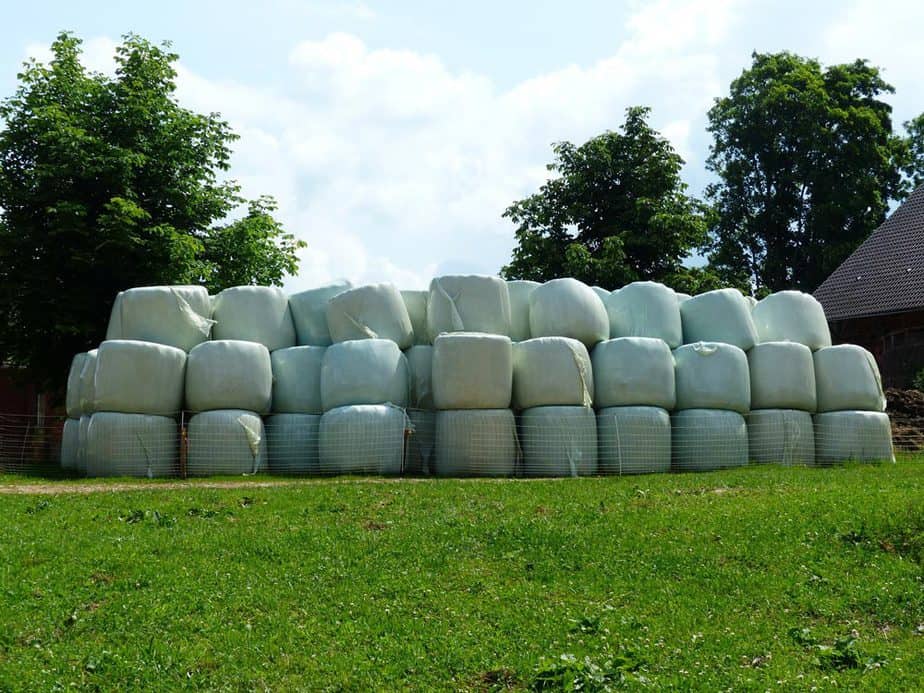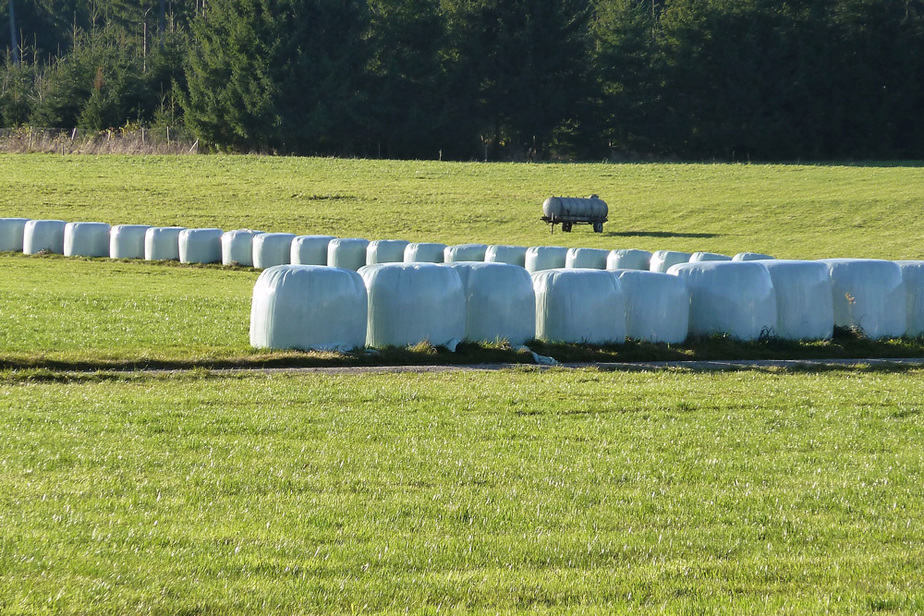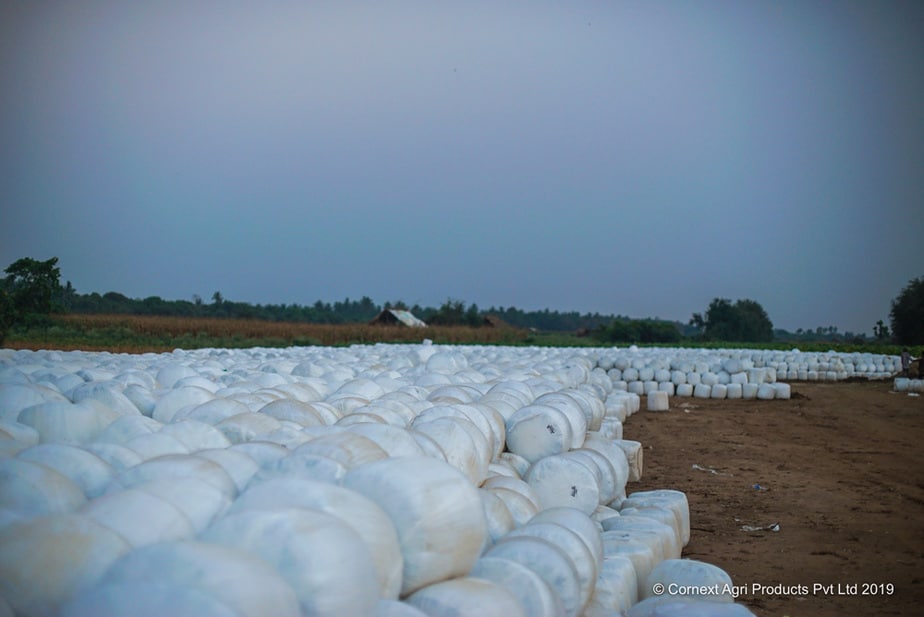Logistics is a key part of your business and needs to be given the utmost importance. Especially if you are in farming, where farm feeds get spoilt within short intervals, it becomes a mandatory task to make silage bales for shipping and other means of transportation.
What is Baling?
Baling is the process of wrapping compacted and inoculated grass in polypropylene sheets. The sheets should provide an airtight environment for the silage so that the fermentation of the grass occurs without oxygen. The high quality of polypropylene sheets supports airtight sealing, puncture resistance, and withstands the stretching that occurs during storage and transportation.
Baled silage by far offers the best fodder preservation method in the world because it retains the fodder quality for 1.5 years, the size of bales is small enough for easy transportation, storage and allows zero wastage (unlike silos and bunkers) and Cornext introduced the concept of baled corn silage for the first time in India with the highest density of 850-900 kg/m3.
How is a bale made?
To start with, Bale is usually made with the help of farm equipment, appropriately named baler. A baler is a piece of farm machinery that is used to compress a raked crop (such as hay, cotton, straw, or silage) into compact bales that are easy to handle, transport, and store.

There are different types of silage baler machines that are commonly used. Some commonly used ones are:
- Rectangular baler
- Square/wire baler
- Cylindrical baler
They also come in all shapes and sizes with each serving a different purpose and mainly consisting of twine, strapping or a wire. Balers have evolved a lot since their debut in the 19th century and are now used for myriad purposes, including industrial and agriculture sector.
Bale/Bale Wrapper
After a bale is made, it is then packed into a large bundle for shipping, storage, or for selling depending on the circumstances. The packaging is then secured by compressing and wrapping a cover around it. Bale wrapping can be either done by a baler machine or via a separate wrapper machine.
Benefits of Baled Silaging
a) Increased Quality of Packaging
The traditional methods of stamping with feet or machines do not pack the fodder with enough density to retain the moisture without oxygen. In contrast, Cornext, one of the best corn silage suppliers in India packs the fodder into bales of 850-900 kg/metre3 density so that fodder retains 35% moisture. It is the highest density of baled silage packaging possible in the world.
The current methods of storing fodder include
- Construction of underground or partially underground bunkers costing anywhere between INR 2-25 lakh per bunker.
- Storing in huge special-purpose plastic bags.
- Storing in regular-sized plastic drums.
In contrast, Cornext packs the fodder using special-purpose machinery that packs them in bales of manageable size. The size of a bale is 85 cm in diameter and 80 cm in height.

b) Measurable Quality of Silage
The quality of baled silage is dependent on how densely the silage is packed. Cornext has the technology to pack the bales at the right density of 850-900 kg/m3. Knowing the DM value of feed is important while determining the silage quality and feeding the cattle.Baled silage consists of dry matter (DM) and water. Dry matter includes the nutritional components such as protein, carbohydrates, fibre and minerals.
c) Ease of Storage for Local Distribution
Since the bales can be stored in open areas where water does not log, farmers can stock them closer to home so that logistics do not cost them a lot of money, making dairy farming unviable.
d) Easy Storage for Redistribution
The bales can be stored in the warehouses of Food Corporation of India (FCI), State Warehousing Corporations, Central Warehousing Corporation (CWC), the campuses of veterinary colleges that are spread across the length and breadth of Maharashtra, or even in open areas where water does not accumulate.
e) Minimal Pest Management
As the bales are packed using 20-25-microns thick polypropylene recyclable film without oxygen, the pest management required is minimal. Also, rodents should be prevented from having access to the bale storage area.
In conclusion, the reason why you ought to go with baling is that the abundance of moisture content (50 – 60%) during baling reduces leaf loss during harvest, which then results in a top quality protein source. Baled silage is also apt for your farm if your fodder crop and dairy farm are far away from each other, and/or when you do not want to be involved in the fodder supply logistics.
As one of the leading silage baler manufacturers in India, Governments, large dairy farms in the private and public sectors and non-profit organizations working in the dairy sector approach Cornext for baling and distribution to their desired spots.
We are the perfect partner who can provide a solution for your silage needs. It does not matter if your crop and dairy farm are far away from each other. Feel free to reach out to us if you do not want to be involved in the fodder supply logistics due to multiple reasons.


